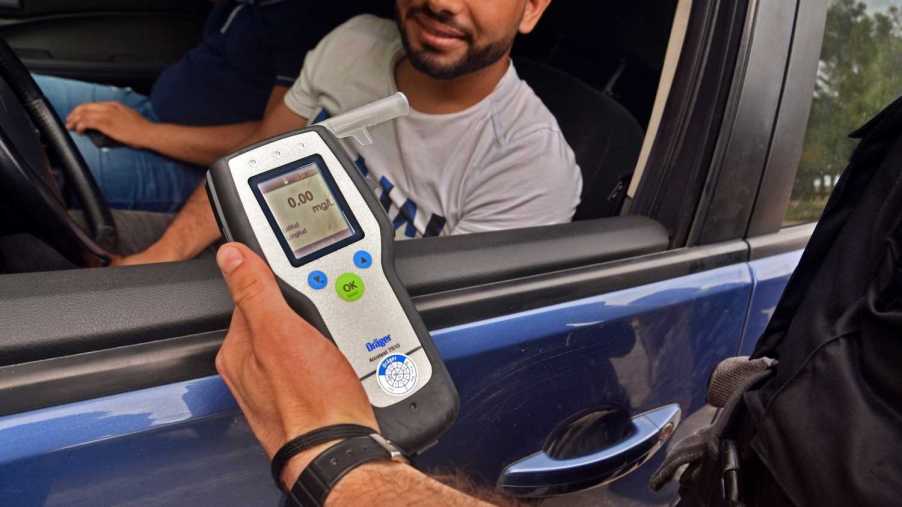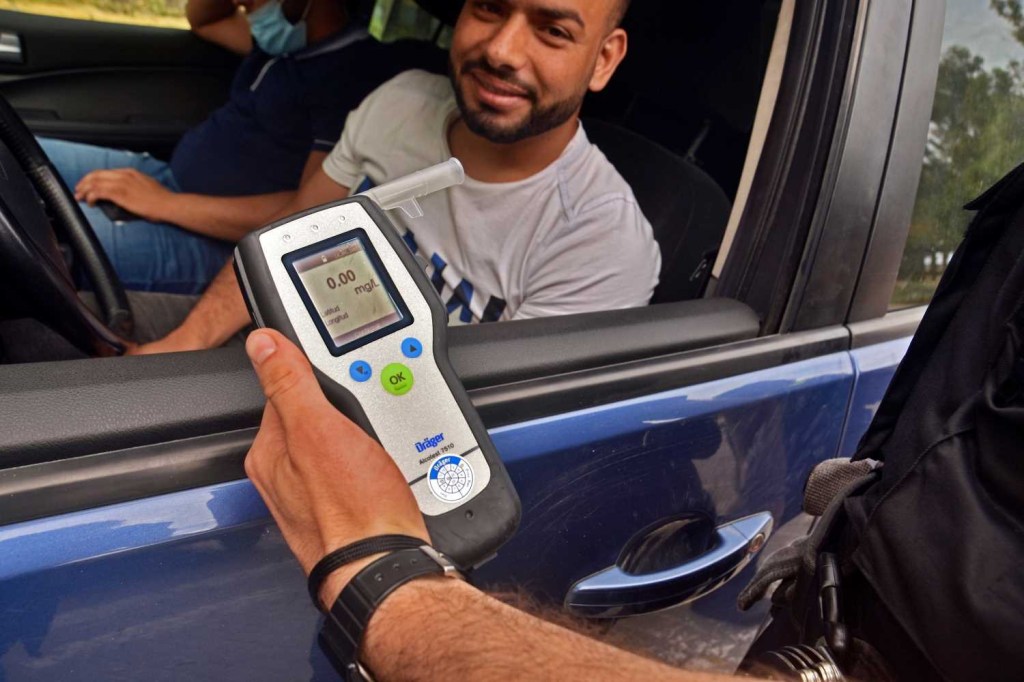
The Government May Require Cars to Have Technology to Detect Drunk Drivers
Article Highlights:
- U.S. legislators are considering passing a law to require automakers to install drunk driving detection technology in cars
- The proposed technology will be able to passively monitor a driver for impaired behavior or detect if the blood alcohol level is too high
- The technology has ethical and privacy concerns about personal data collection

Drunk driving is a severe problem in the United States. According to the National Highway Traffic Safety Administration, in 2019, on average, 28 Americans died each day in drunk driving crashes. While this death toll from drunk driving is at its lowest point since the NHTSA started recording it in 1982, it’s still a considerable loss of life. If legislators from the U.S. government have their way, a new law may require automakers to install technology in cars to detect drunk drivers.
How does the drunk driving detection technology work?
The proposed technology will be able to passively monitor a driver for impaired behavior or detect if the blood alcohol level is too high. If the driver has a blood alcohol concentration at or above the legal limit of 0.08% (except in Utah), then the technology will immobilize the car.
The drunk driving detection technology, partially funded by the NHTSA, uses detection sensors. The sensors could measure the alcohol that’s floating in the air around the driver. Also, sensors could be installed on the steering wheel or the start button and then measure the blood alcohol level in the capillaries of a driver’s finger. The NHTSA asserts that the drunk driving detection technology will need to be “seamless, accurate, and precise, and unobtrusive to the sober driver.”
When will the drunk driving detection technology regulation start?
The drunk driving technology could be offered for open licensing in commercial vehicles by the end of 2021. However, if passed, the drunk driving detection technology regulation won’t take effect until many years down the road.
The drunk driving detection technology law is part of the proposed infrastructure spending bill. The bill is currently at a standstill in the U.S. Senate. If the technology requirement becomes law, the Department of Transportation will have three years to approve it. After that, automakers will have another three years to comply with the law. Furthermore, the transportation secretary has the power to extend the approval period for up to 10 years.
Concerns about the drunk driving detection technology
Despite the push for the new regulation, it’s not entirely clear if the technology can be practical, reliable, and unobtrusive. The Department of Transportation certainly wants to avoid what happened in the 1970s with seat belt detection technology. It was supposed to stop cars from starting if drivers didn’t wear their seat belts. However, this technology often had problems, leaving drivers stranded.
Another concern is that the technology could be too intrusive and violate the privacy of drivers. Will drivers have to worry that their personal data could be collected by law enforcement agencies or insurance companies? Also, the drunk driving detection technology will undoubtedly raise the price of cars. Additionally, will drunk drivers be able to “cheat” the detection technology?
How do you feel about the drunk driving detection technology regulation? Is it necessary to reduce the thousands of people that are killed each year from drunk driving accidents? Or is it too big of an intrusion into our personal lives? Right now, the law is in the hands of the U.S. Senate.


